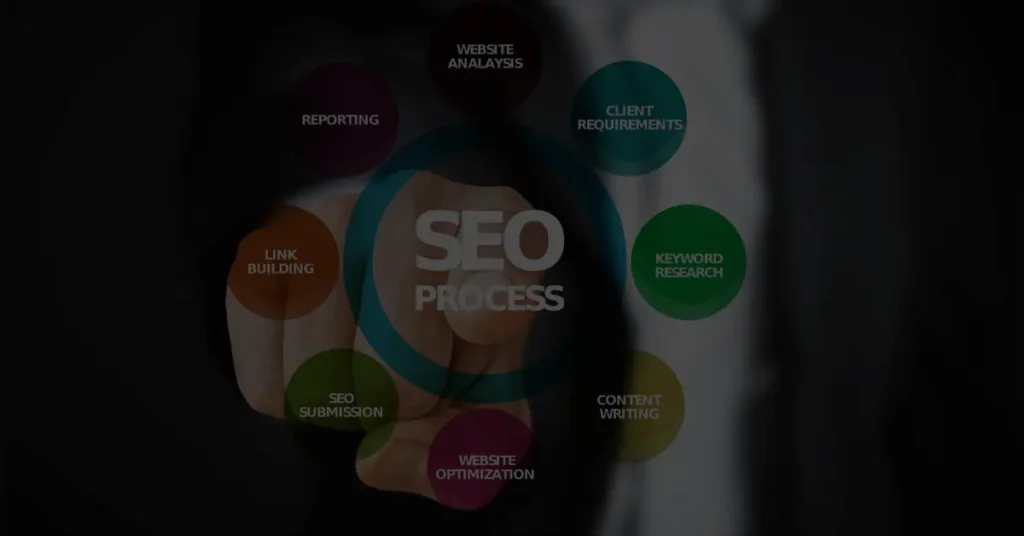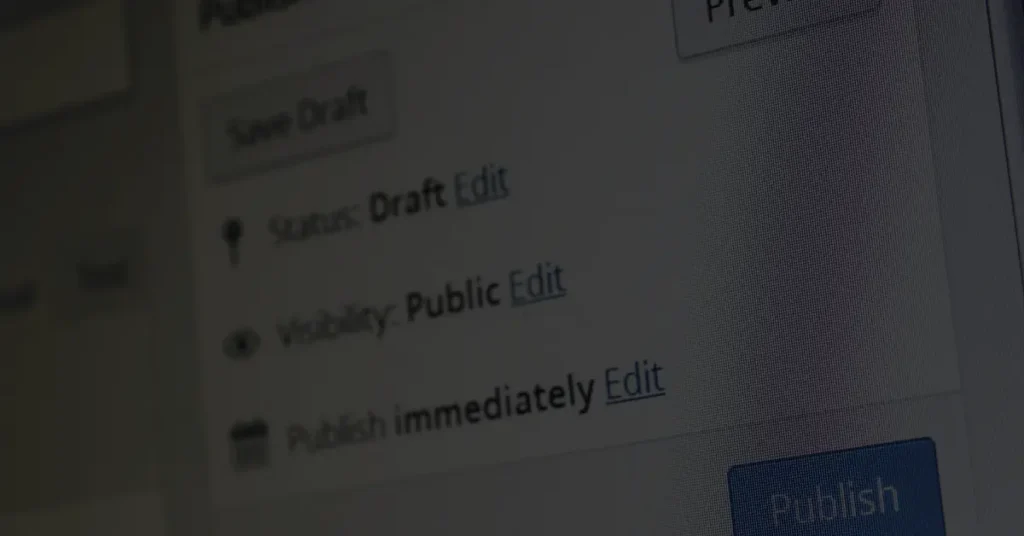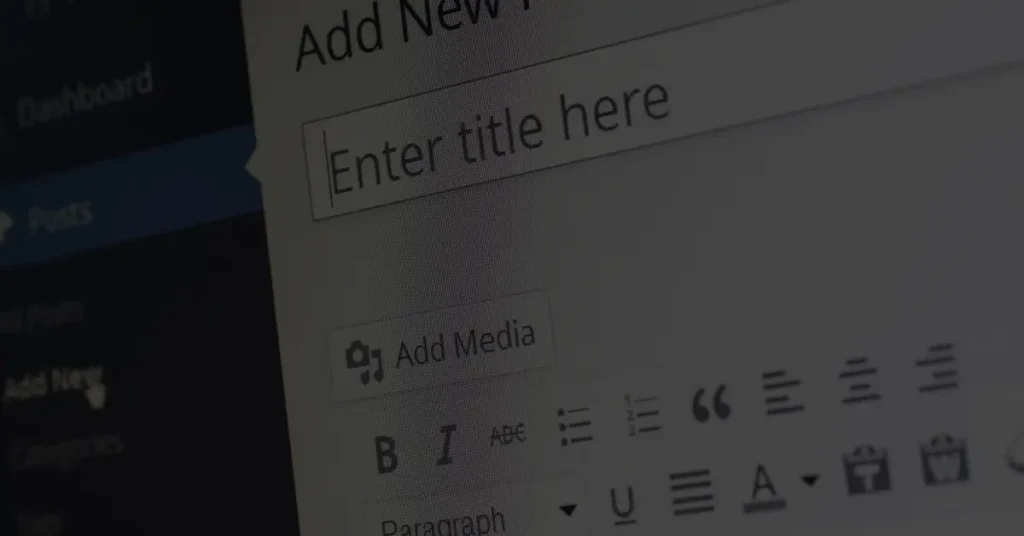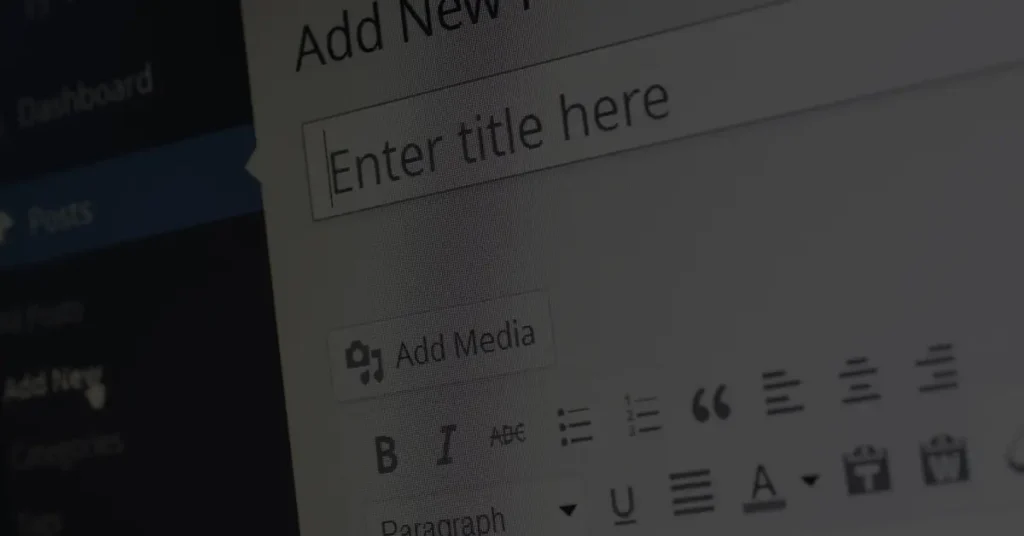How to add and edit pages in WordPress?
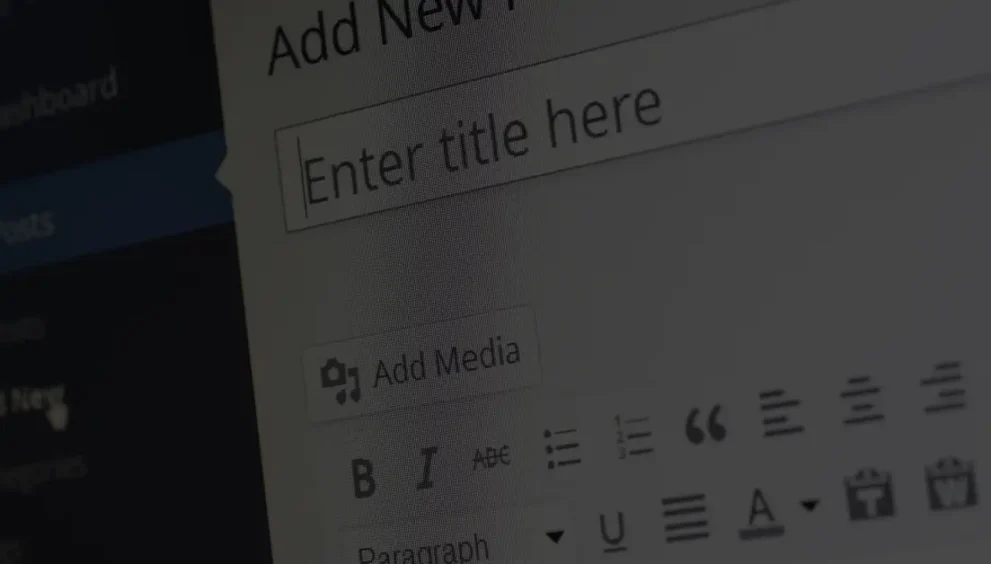
Pages in WordPress are static content that provide essential information about your website or serve as standalone pages. Unlike posts, which are timely and organized in a blog format, pages are typically used for permanent or hierarchical content. In this article, we will explore how to create and edit pages in WordPress, customize their attributes, and optimize them for search engines.
Introduction
Pages play a crucial role in a WordPress website, providing information such as contact details, about us sections, service descriptions, and more. Understanding how to create and edit pages allows you to tailor your website’s content to meet your specific needs.
Creating a New Page
To create a new page in WordPress, follow these steps:
- Access the WordPress dashboard by logging into your admin account.
- Navigate to the “Pages” section in the sidebar menu.
- Click on “Add New” to create a new page.
Editing a Page
To edit an existing page in WordPress, follow these steps:
- Access the WordPress dashboard.
- Navigate to the “Pages” section.
- Find the desired page from the list.
- Click on the page title to enter the page editor.
Ready to organize your WordPress content like a pro? Discover the ins and outs of using categories and tags to enhance navigation and SEO. How to Use Categories and Tags to Organize Your WordPress Content
Using Page Templates
Page templates provide pre-designed layouts and functionality for specific purposes. To use a page template, follow these steps:
- In the page editor, locate the “Page Attributes” section on the right-hand side.
- Click on the “Template” dropdown menu.
- Select the desired page template from the available options.
- Customize the page template as needed.
Publishing and Managing Pages
When creating or editing a page, you have several options for publishing and managing pages:
- Set the page status: Choose between “Draft,” “Published,” or “Private” to control the visibility of the page.
- Assign a parent page: Create a hierarchical structure by assigning a parent page to the current page.
- Reorder pages: Adjust the order in which pages appear on your website’s navigation menus or page listings.
- Manage page revisions: WordPress automatically saves revisions of your pages, allowing you to roll back to previous versions if needed.
Adding Multimedia and Formatting
To enhance your pages, you can add multimedia elements and format the text:
- Insert images, videos, and audio: Use the “Add Media” button in the page editor to upload and embed multimedia content.
- Format text: Utilize formatting options such as headings, paragraphs, lists, and text styles to structure your content.
- Use page builders: Take advantage of page builder plugins to create advanced layouts with drag-and-drop functionality.
Optimizing Pages for SEO
To improve the visibility of your pages in search engine results, consider the following SEO practices:
- Write SEO-friendly page titles and meta descriptions: Craft compelling titles and concise descriptions that accurately reflect the page content and include relevant keywords.
- Optimize page content for keywords: Incorporate relevant keywords naturally throughout your page content, headings, and subheadings.
- Add internal and external links: Include links within your page content that connect to other pages on your website or external authoritative sources.
Customizing Page Attributes
WordPress allows you to customize various page attributes to enhance the appearance and functionality of your pages:
- Change the page slug (URL): Edit the page URL to make it more user-friendly and search engine-friendly.
- Set a featured image: Choose a representative image that will be displayed as a thumbnail or header image for the page.
- Add custom page templates: Develop and use custom page templates to create unique layouts or functionality for specific pages.
Curious about WordPress plugins and how they can supercharge your website? Discover the art of activating and deactivating plugins effortlessly. How to Activate and Deactivate WordPress Plugins
Conclusion
Creating and editing pages in WordPress is essential for organizing and presenting static content on your website. By understanding the process of creating and editing pages, customizing their attributes, and optimizing them for search engines, you can effectively showcase information, engage visitors, and improve your website’s visibility.
FAQs
Can I convert a page into a post or vice versa in WordPress? No, you cannot directly convert a page into a post or vice versa in WordPress. However, you can copy the content and create a new post or page with the desired format.
How many pages can I create in WordPress? There is no specific limit on the number of pages you can create in WordPress. You can create as many pages as needed to accommodate your content.
Can I password-protect a page in WordPress? Yes, WordPress allows you to password-protect individual pages. In the page editor, under the “Publish” section, you can set a password to restrict access to the page.
Are there any limitations to the content I can add on a page? While there are no specific limitations on the content you can add to a page, it’s important to consider the page loading speed and readability. Avoid adding excessive multimedia or lengthy content that may hinder user experience.
How do I create a custom page template in WordPress? To create a custom page template in WordPress, you need knowledge of HTML, CSS, and PHP. By creating a new file in your theme’s directory and adding specific code, you can develop a custom template.

